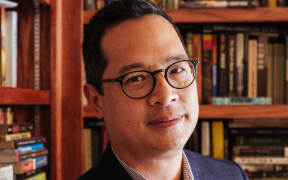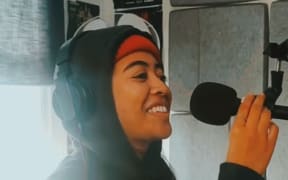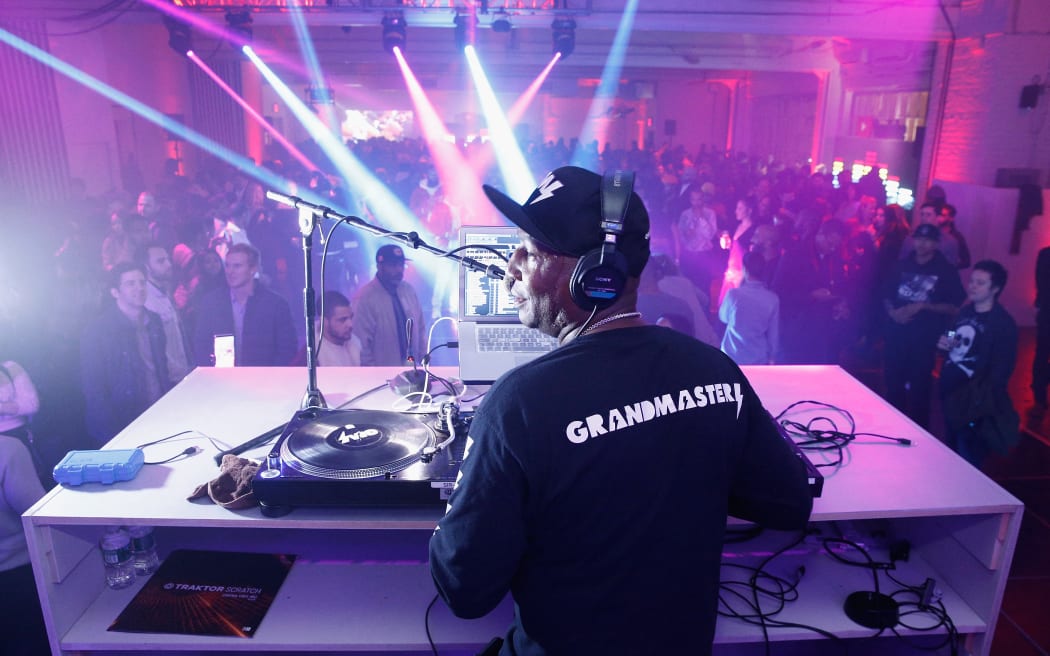
Hip Hop pioneer Grandmaster Flash performs in 2018 in New York City. Hip Hop is turning 50 this weekend, but it all began with a block party in New York. Photo: BRIAN ACH / GETTY / AFP
Back in 1973, a party in New York City would change the course of musical history - birthing a genre that would endure and grow over 50 years.
Later dubbed hip hop, the music, art and culture of young Black kids living in inner-city New York would eventually spread world-wide.
This August marks hip hop's 50th anniversary - and according to hip hop historian Jeff Chang, it all originated with a party that DJ Kool Herc and his sister Cindy Campbell threw on 11 August 1973.
"It was just a little back to school party that they had in the rec room of their project apartments," Chang says.
"And the reason that it's celebrated now as the 50th anniversary of hip hop, is that particular party helped to launch sort of a movement in the Bronx.
More of RNZ's coverage of the 50th anniversary of hip hop's birth:
- NZ hip hop legend Darryl Leigh Thomson on his rise to fame and why he walked away
- RNZ's top tracks to celebrate hip hop's 50th birthday
- Five local hip hop stars you need to know about
- Hip Hop Stand Up: Unearthing the stories behind some of the most influential tracks in Aotearoa hip hop.
"It had to do with young people turning away from violence against each other into creating a new party scene."
DJ Kool Herc's parties had a particular draw - he played music that wasn't heard on the radio.
"DJ Kool Herc was playing funk records that were too raw for the radio, they were too intense, if you will, for radio audiences," Chang says. "But the young folks really wanted to hear these artists, like James Brown or Rare Earth and Jimmy Caster Band."
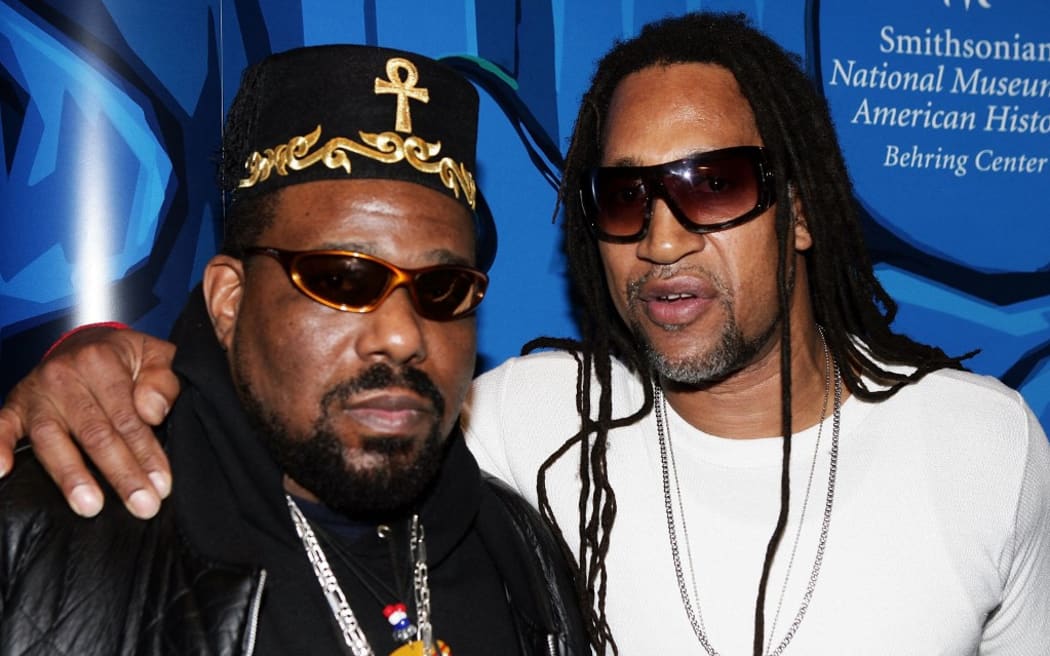
Hip hop pioneers Afrika Bambaataa (L) and DJ Kool Herc. Photo: AFP / Scott Gries
These funk records often had a stripped-down section, where vocals dropped out and just the drums, percussion and sometimes a bit of bass were featured.
"That was the part that they called the get down part and people wanted to dance to that.
"So DJ Kool Herc, what he would do was to get two turntables and play those records, two copies of the same record, and he tried to extend those breaks so that people would just dance to that.
"And it could be something as long as two seconds or something much longer, James Brown would do songs where you'd have breaks that go on for minutes, and that was the part where everyone just danced really, really hard."
Word spread about DJ Kool Herc and Cindy's parties and they quickly became the place to be for young black and brown people growing up in what could be a rough environment.
"That particular party became the kind of thing that everybody was talking about at school, and his parties, his and Cindy's parties became the parties that everyone wanted to go to," Chang says.
"And because of that, the scene turned from one of gang warfare in the Bronx to one of partying, of coming together."
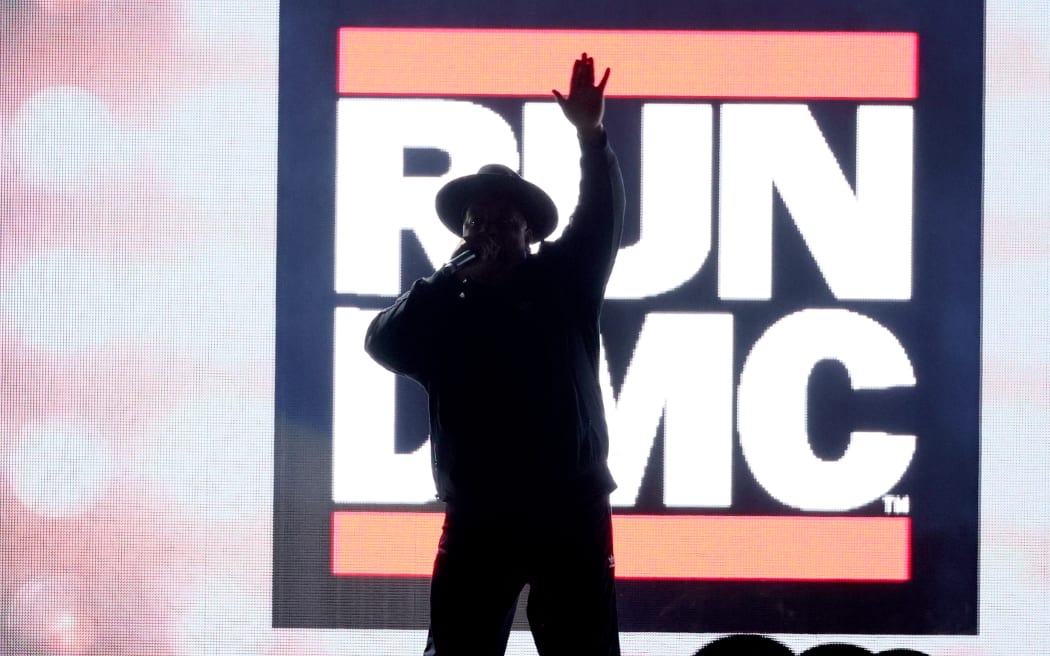
Joseph Simmons of Run-D.M.C. performs onstage during Hip Hop 50 Live at Yankee Stadium on August 11, 2023 in New York City. Photo: THEO WARGO / AFP / GETTY
Soon, the emerging scene in the Bronx would start to incorporate other forms of art, besides just music - rapping, dance and graffiti art were equally important.
"The DJ was sort of the shaman bringing everybody together and as the parties evolved, you'd have people get on the mic and try to keep the party going with little rhymes and that stuff became more and more sophisticated, more and more complex."
The burgeoning scene began to be known outside of New York City, with similar movements emerging across the US.
"What happened was you had a neighbourhood [The Bronx] that was completely devastated by the government pulling out basic services, including closing schools, and at the same time, a lot of segregation," Chang says.
"And so these parties really began in these segregated neighbourhoods because kids are always going to want to have fun, no matter what the circumstances are.
"When that creativity is unleashed after 1973, you see it taking all these myriad types of forms."
And that creativity would eventually spread across the globe, as hip hop groups like Grandmaster Flash and the Furious Five released records and became well-known outside of the Bronx.
"In 1982 you start seeing a lot of these original pioneers going on tour to places like Europe and Japan, and the seeds are planted for hip hop to really take root."
Since these early beginnings, hip hop has evolved a lot throughout the last 50 years - and despite early opinions on the genre, it shows no signs of ending.
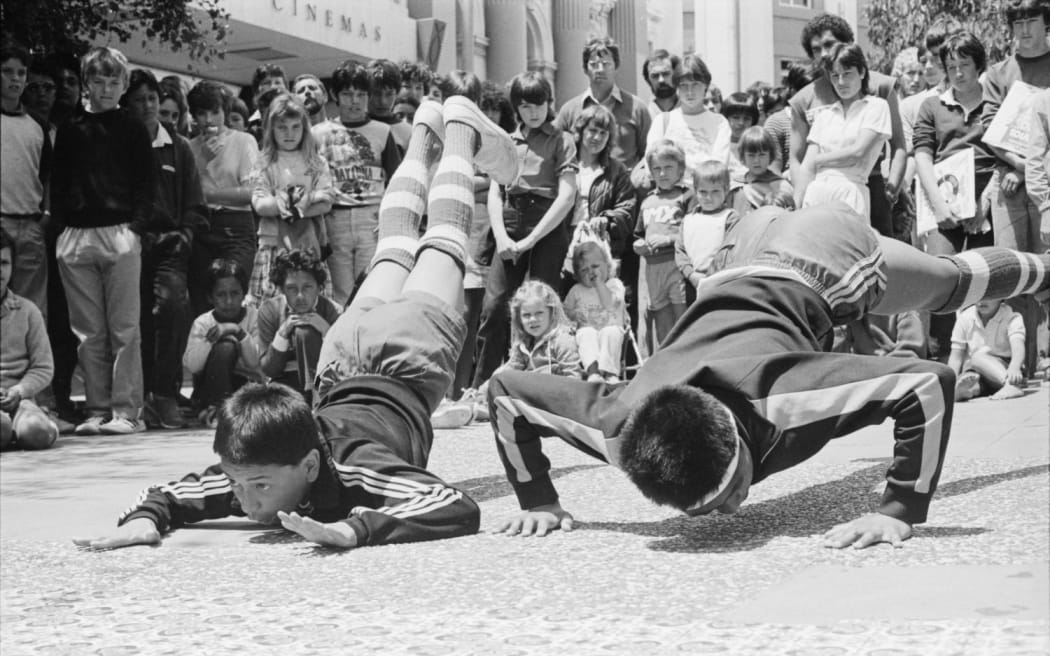
Break-dancers entertain a crowd in Wellington's Manners Mall, 1984. Photo:
"When it was coming out, for decades people would say oh yeah, that stuff is just a fad, it's not even music and it's going to go away," Chang says.
"There's something that's just really powerful, it's really visceral, it's something that hits you in your chest and just goes deep into your soul the first time you hear it, or participate in it.
"And so here we are - 50 years later it's impacted every single genre of music out there. Millions upon millions of folks, countless young people, old people, claim hip hop as their soundtrack."
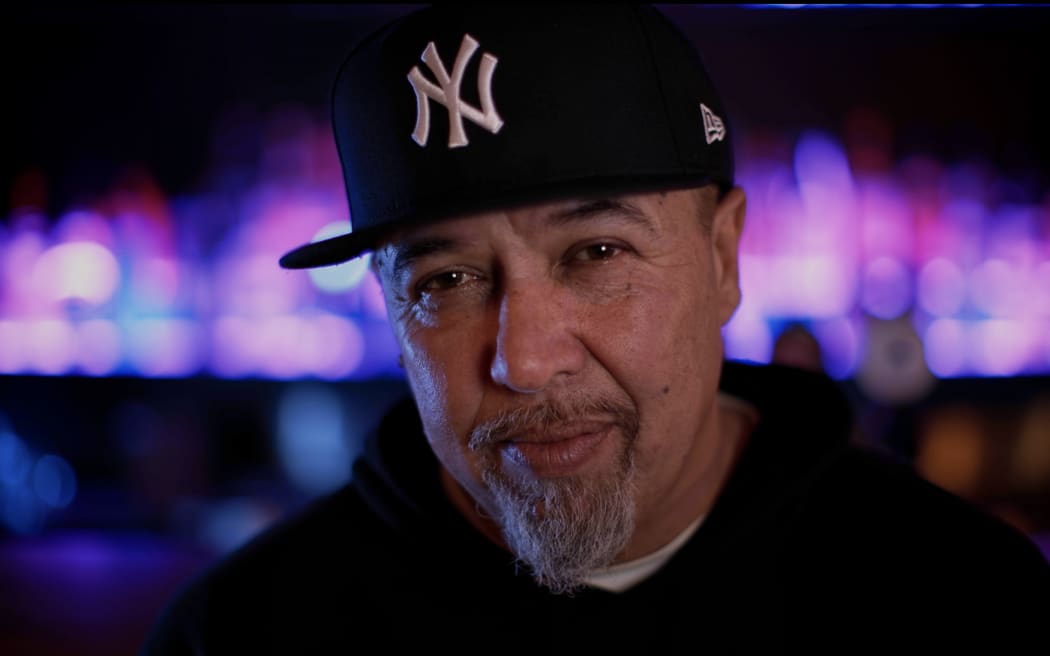
Hip hop producer DLT, aka Darryl Thomson Photo: The Down Low Concept / RNZ
Hip hop's New Zealand explosion
Darryl Leigh Thomson (DLT) - the man known as the 'Godfather of New Zealand Hip-Hop' - reflected to RNZ's Saturday Morning earlier today its emergence here in the 1980s.
In 1996, DLT shot to fame with the hit single 'Chains,' a collaboration with rapper Che Fu from his first solo album The True School.
After the massive success of 'Chains', Darryl says he felt anxious about "going from public enemy number one to everyone's best friend".
"I had to go inside and do some self-reflection so that I would stop being afraid."
You can read the full Saturday Morning interview with DLT right here.


